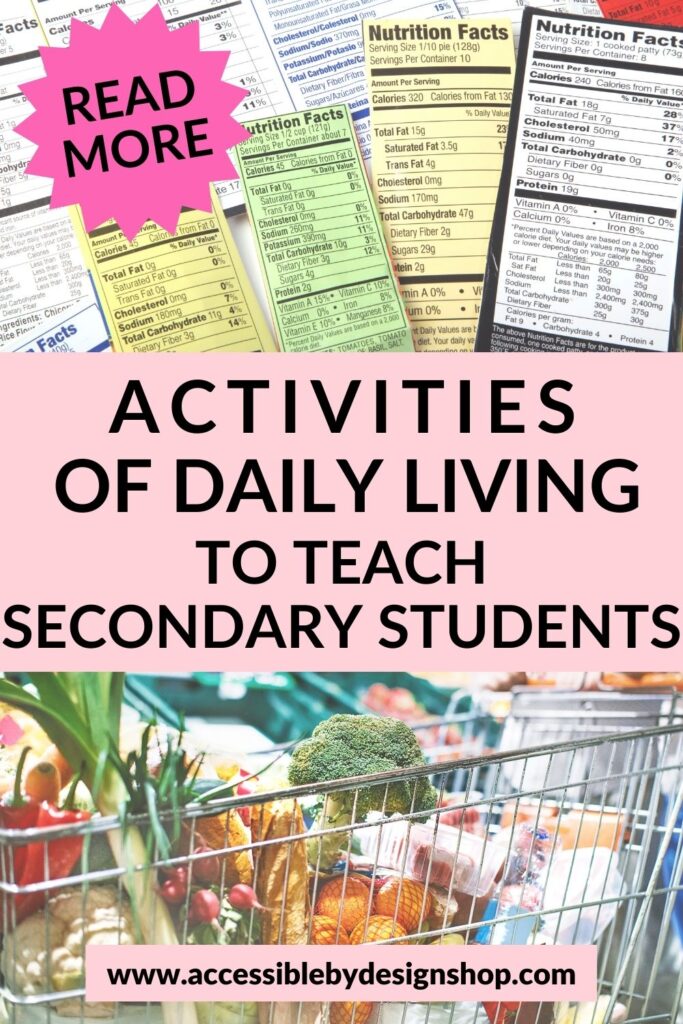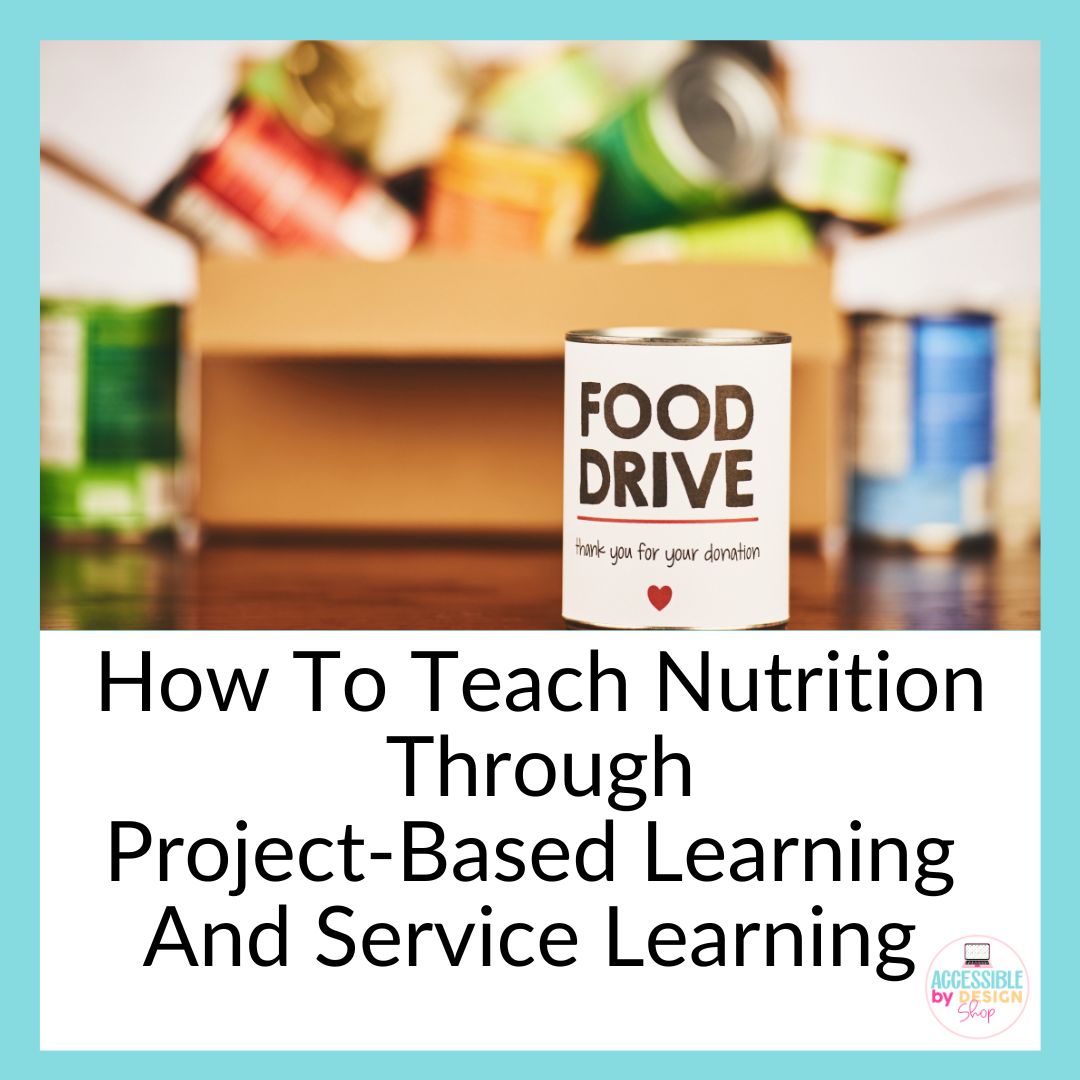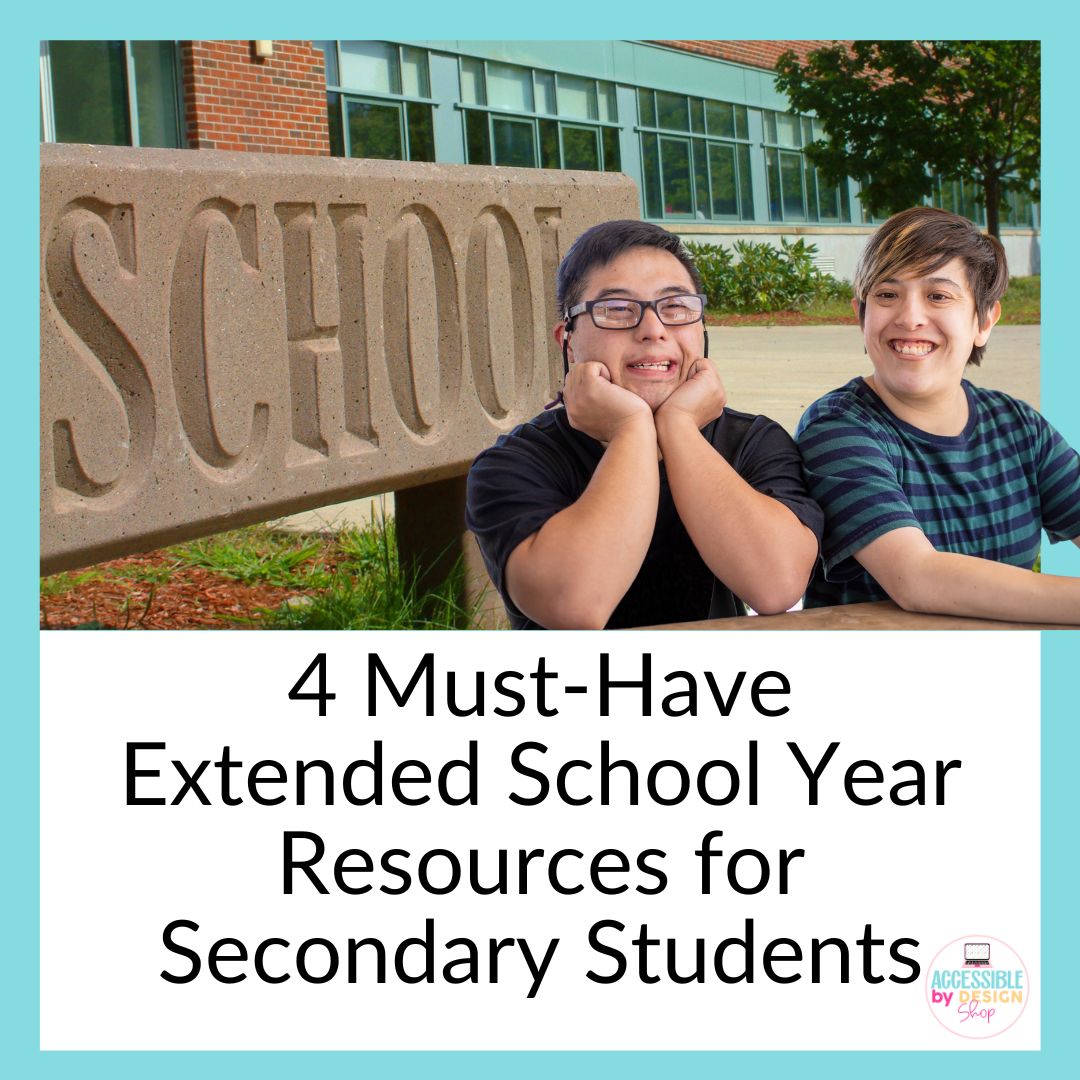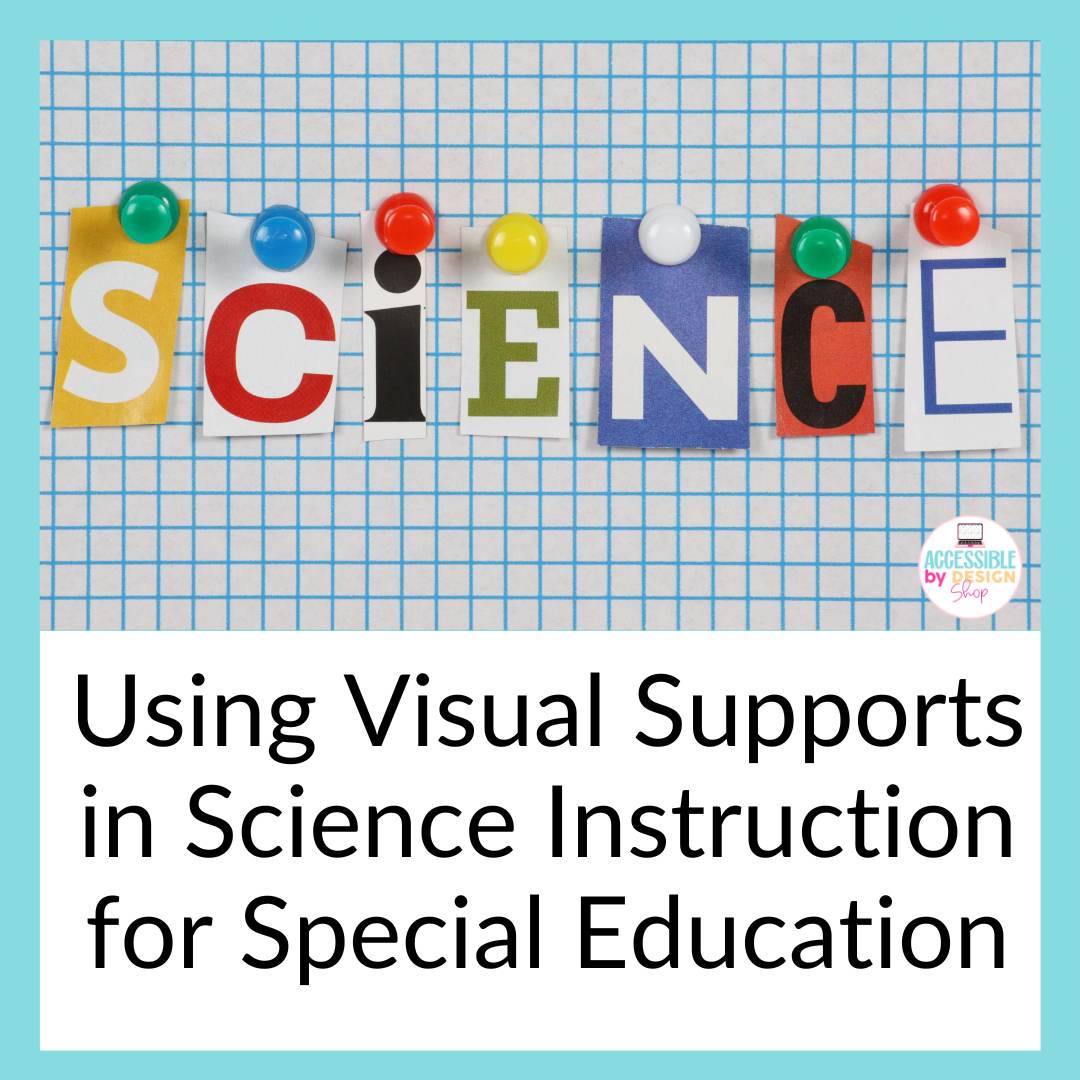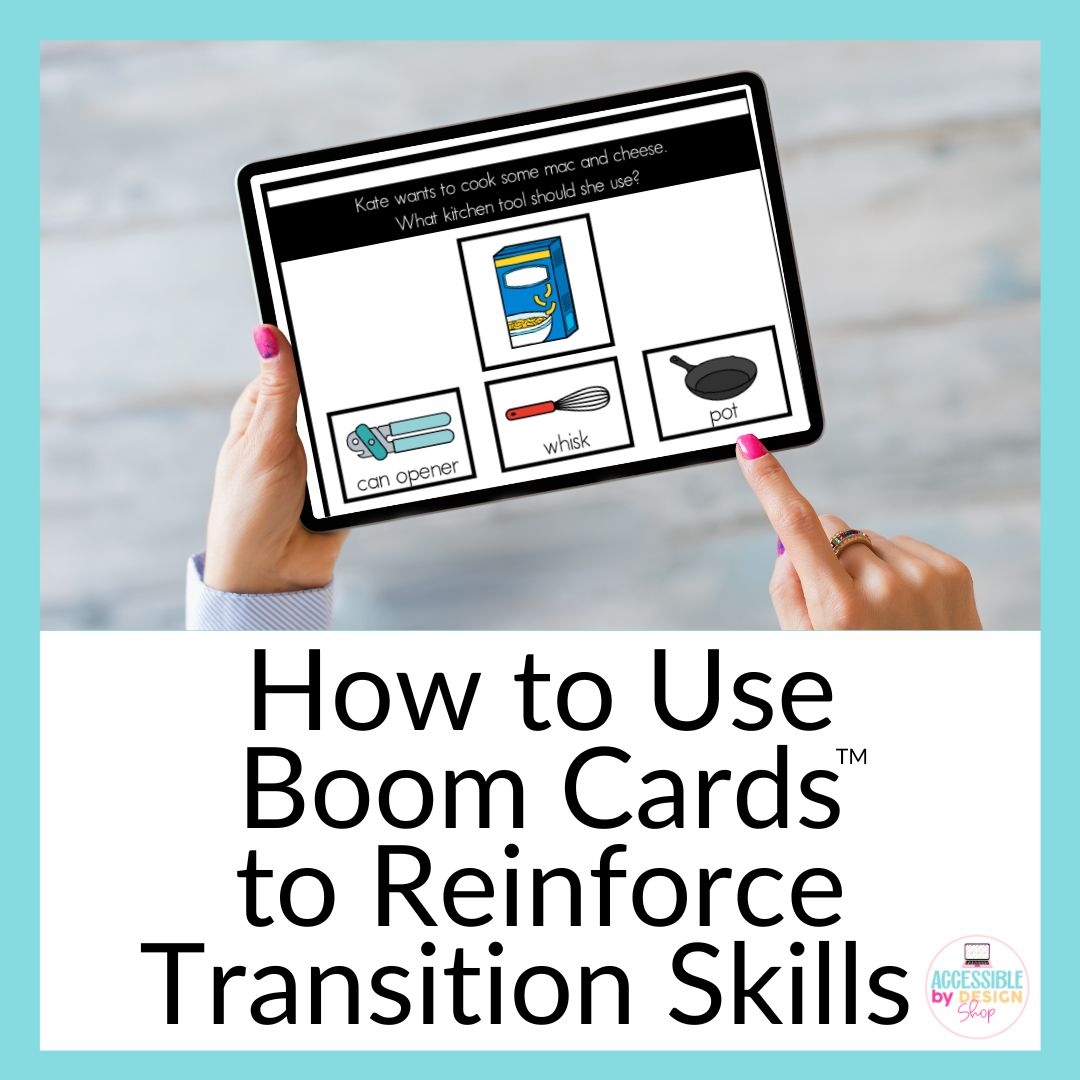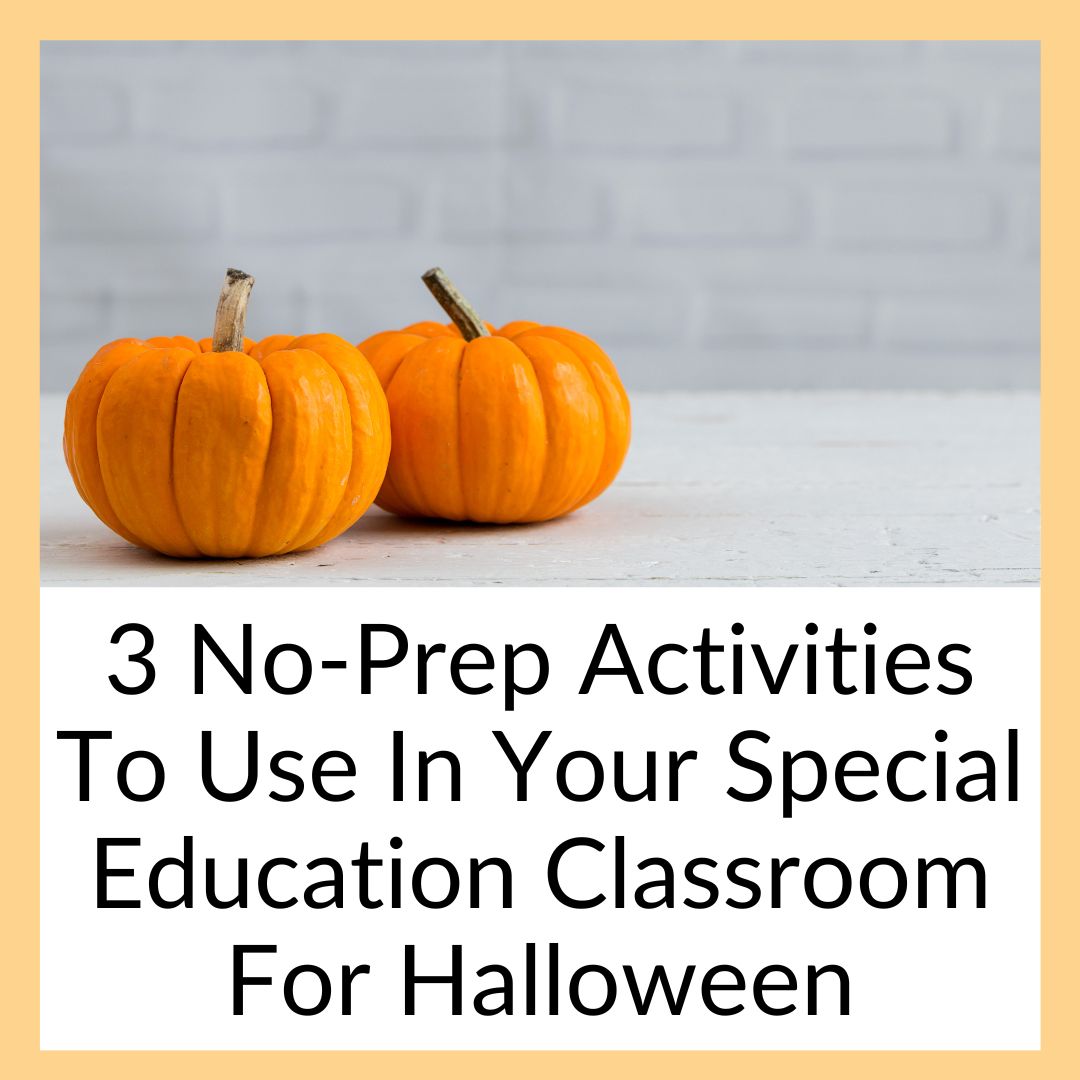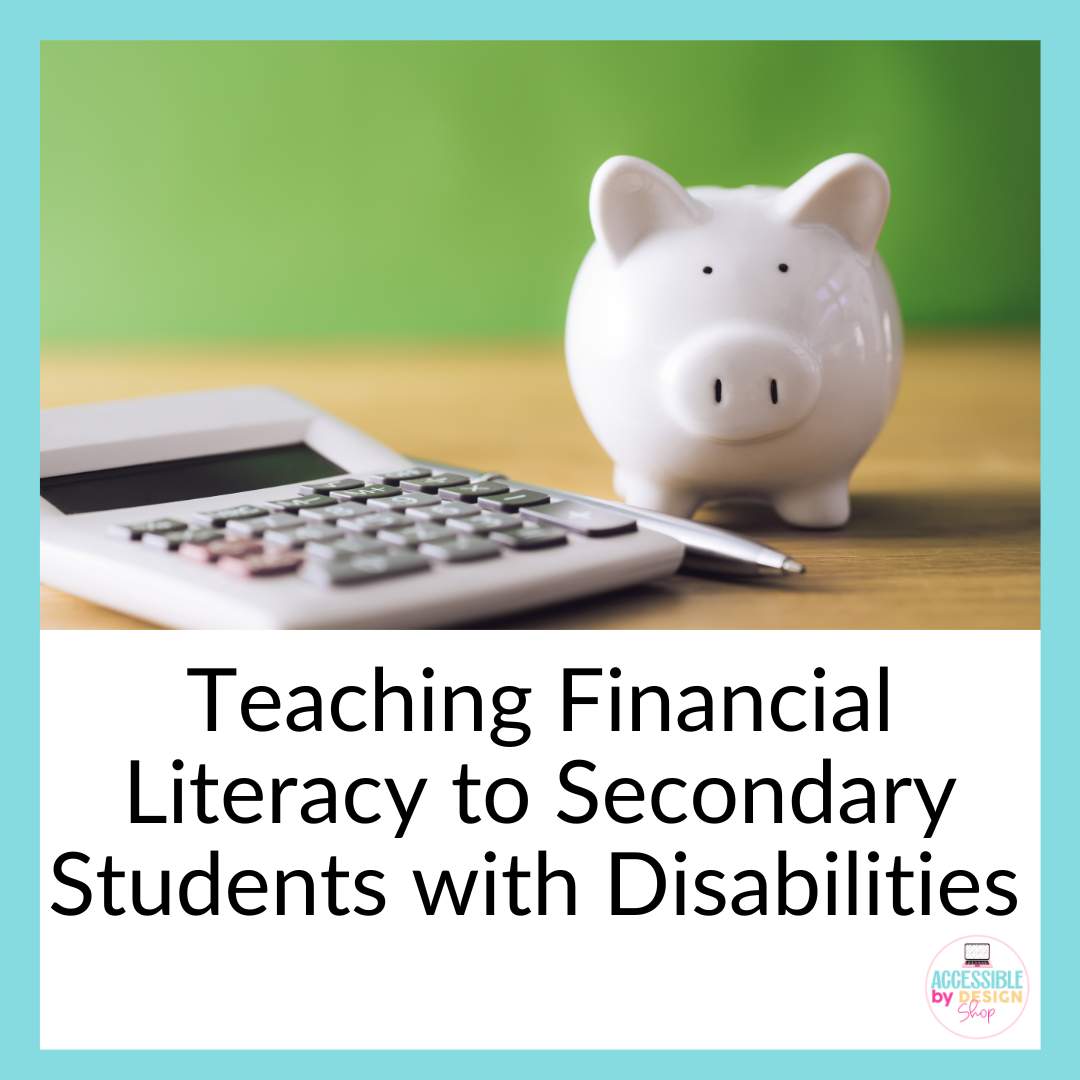4 Activities of Daily Living To Teach Secondary Students
You are what you eat! I remember this statement when learning about food in health class as part of our activities for daily living lessons. While this old adage remains true in some ways, thankfully, education about nutrition has come a long way since then!
Nutrition education for all students, including students with disabilities, is of the utmost importance. Nowadays that old adage can be updated to reveal the influence of food on people’s mental and physical health. Plus nutrition education can help to establish life-long healthy habits and to foster independent living skills too.
So the question is how can we teach nutrition education to students with disabilities to ensure great learning outcomes and to engage students in the process? Keep reading for some tools that can help you and your students succeed with activities of daily living!
Teaching about food groups
One of the first nutrition lessons I like to use is to teach about food groups. By learning to categorize food groups early on, students will have the information they need to make informed choices about their eating while following the dietary guidelines set by My Plate.

My Plate is a great online resource but doesn’t always share information in a way that’s helpful for special education classes. To adapt the info I like to use task cards. This gives students a chance to use a hands-on activity where they can identify and categorize the five main food groups. This also helps students with disabilities to practice which food group a particular food item belongs to.
This ready-to-use set of task cards includes 30 different options with full-color graphics and an uncluttered design which are ideal for students in special education. I like to laminate them so I can reuse them and students can then use clothes pins, mini erasers, beads, dot markers, dry-erase markers or pens to circle and mark their answers.
Another option is to go digital by using Boom Cards since it provides an engaging and interactive option for students that are self-checking so students get immediate feedback on their work. Plus access to this set of 30 Food Group Boom Cards means students can use them at school and also review at home too. This adds an extra layer to these activities of daily living.
Teaching about nutrition labels
Once students have an understanding of food groups, I like to shift to reading nutrition labels. This can be really eye-opening for students as they identify the presence (or lack) of nutrients in some of their food choices.
This Nutrition Label Adapted Book covers essential topics related to nutrition labels, such as serving size, calories, daily value percentages, and understanding the nutrients listed on labels, empowering students to make informed choices about their food.
To guide students’ learning use this set of Nutrition Label Worksheets with flexible options for cutting, pasting, and circling items in addition to writing. These worksheets are perfect for special education classrooms, speech therapy, occupational therapy, life skills, and so much more!

Examining Healthy and not Healthy options
After these two initial lessons you might integrate a bit of a review for students to apply their newly acquired information. This set of 30 digital cards shows an image and then asks students to identify whether the item is healthy or not.
And the best part is this resource is self-grading and allows you to track student progress automatically. It also produces a detailed progress report that Special Education teachers can use as a data collection measure for student IEP goals.
Integrating Nutrition and Community Outreach
Finally, and this is my favorite option, is to incorporate all of these lessons about nutrition into a service learning project. Consider leading a food drive with your students, you could even make it a full-school challenge that benefits your school or local community.
As students collect items they can sort based on food groups and review nutrition labels to identify healthy choices. It’s a chance to apply the activities of daily living to a project focused on service learning.
It’s a great opportunity for experiential learning that my students love to participate in year after year.

If this is a new idea for you, grab this Food Donation Drive resource that provides everything you need to make it happen in your classes or as part of a school-wide effort. The resource is all-encompassing with clear teacher instructions, individual reading activities about volunteering and non-profits as well as hands-on activities for sorting foods based on food groups and reading food labels.
A Final Word About Activities of Daily Living
Learning about the food we eat is a great foundation for independent learning skills and general activities of daily living. When students better understand food groups and nutrition labels they can make better choices to help them now and in the future.
These lessons are also a way to have students share their learning beyond the classroom, whether that’s at home or in their community. When a student can become an “expert” and share their knowledge that’s really empowering!
